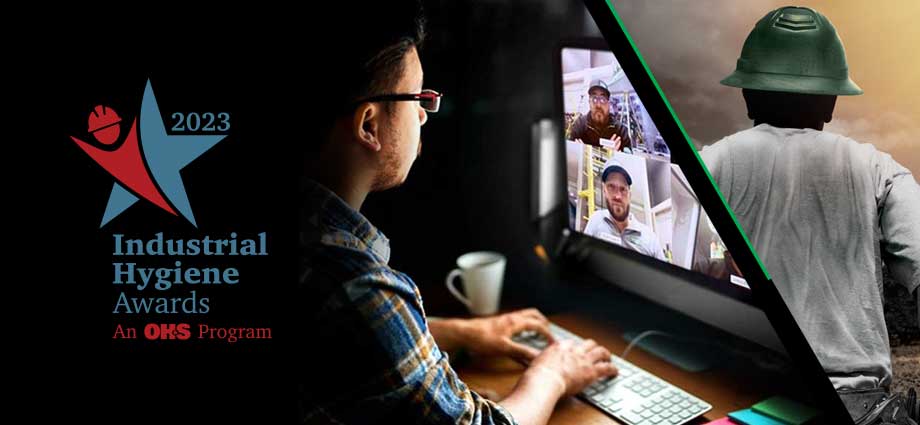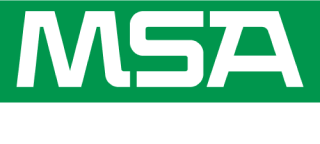
Permit-required confined spaces are the leading cause of multiple fatalities in the workplace.
Chris Koester, Occupational Health & Safety Consultant
Confined spaces present many dangers to those who enter them as either a worker or a rescuer. The statistics for injury and death are sobering, and, according to Occupational Health & Safety Consultant/Safety Instructor Chris Koester, owner of Priority One Safe-T, LLC, “permit-required confined spaces are the leading cause of multiple fatalities in the workplace.” (1)
You may assume your plans are adequate to protect your people, but are you sure? Unexpected events or errors can and do occur; sudden changes could turn a seemingly predictable situation into an emergency or, worse yet, a tragedy. Have you thought about those unwelcome surprises, those what ifs?
Below are a few scenarios that—if not properly addressed—could transform a routine job into a crisis.
What if a gas monitor displays an unusual reading while a worker is in a confined space?
Do your workers know how to interpret the numbers on a gas detector? Because a rapidly changing atmosphere is the top killer in a confined space, workers may have to begin evacuating even before conditions trigger the monitor’s alarm. Train both attendants and those who work inside the space to understand what gas monitor readings mean and how to respond appropriately
What if hole watch attendants allowed workers to enter a confined space without harnesses because they expect safe conditions?
Unfortunately, this could be a fatal error. If the workers are overcome by toxic fumes or injured by falling debris, it may be impossible to extract them. Workers and rescuers entering a confined space should always wear a proper harness.
What if a worker has a heart attack while in the confined space?
Since medical emergencies such as a heart attack or stroke can happen regardless of a worker’s environment, it is smart to have an emergency medical plan in place. When it comes to predicting injuries, says Koester, “don’t rely on a crystal ball.” (2) Think outside the box and prepare for the worst-case scenario.
These are just three examples of confined space hazards that can be mitigated by applying industry best practices. Could you use more information to help you think through the risks workers and rescuers face in your unique setting? There are many resources available to help you plan wisely and invest in the right equipment and training; this webinar co-sponsored by MSA—Confined Space OSHA 1910.146: It’s Time to Change the Statistics—is a good place to start.
Don’t let “what ifs” catch you off-guard—assume that the worst could indeed happen and prepare accordingly. Remember, it’s never too late to reevaluate and upgrade your confined space rescue and retrieval plan!
Elevate your underground protection. Discover our confined space solutions to help keep your workers safe in the most challenging environment.
(2) https://ohsonline.com/webcasts/2018/10/confined-space-osha-1910146.aspx?admgarea=webinars&tc=page0







